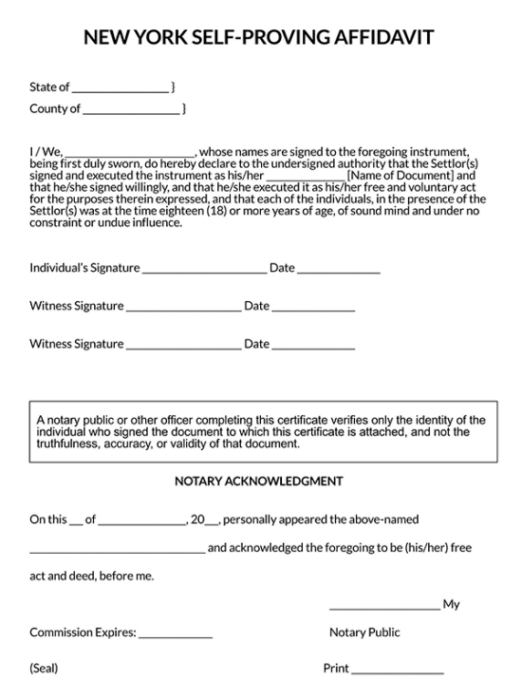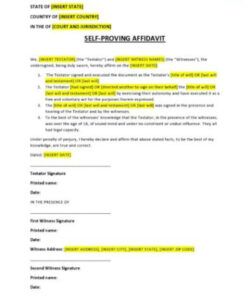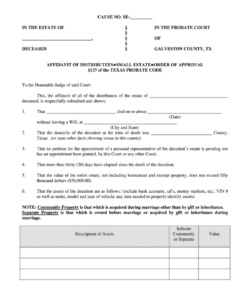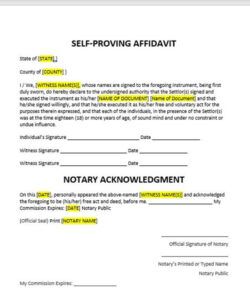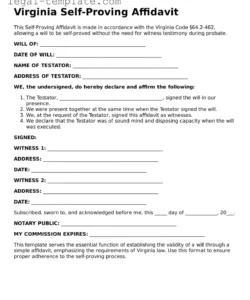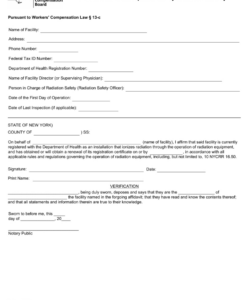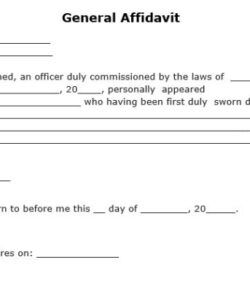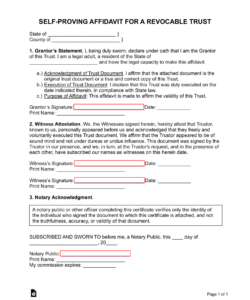Self proving affidavit texas template. Have you ever been needing to swear something is factual in a formal setting? That’s where a legal declaration proves useful. It’s a formal account, your legally recognized version, signed and sworn to be correct before someone authorized to administer oaths, like a notary public. Think of it as your documented declaration, ready to be presented as evidence in court or used for formal requirements. Writing such a statement might seem daunting, but with the right assistance, it’s totally manageable. And yes, you guessed it, a ready-made guide can be a huge help.
Think of an affidavit as your legally acknowledged truth on paper. Because it’s a serious legal document, you must be clear and precise. You’re essentially stating something as truth, with legal consequences for dishonesty. This is why many people seek a proper example. A template can help you don’t miss vital details in the right structure, preventing delays and future complications. It serves as a roadmap, guiding you through the process and helping you avoid common pitfalls.
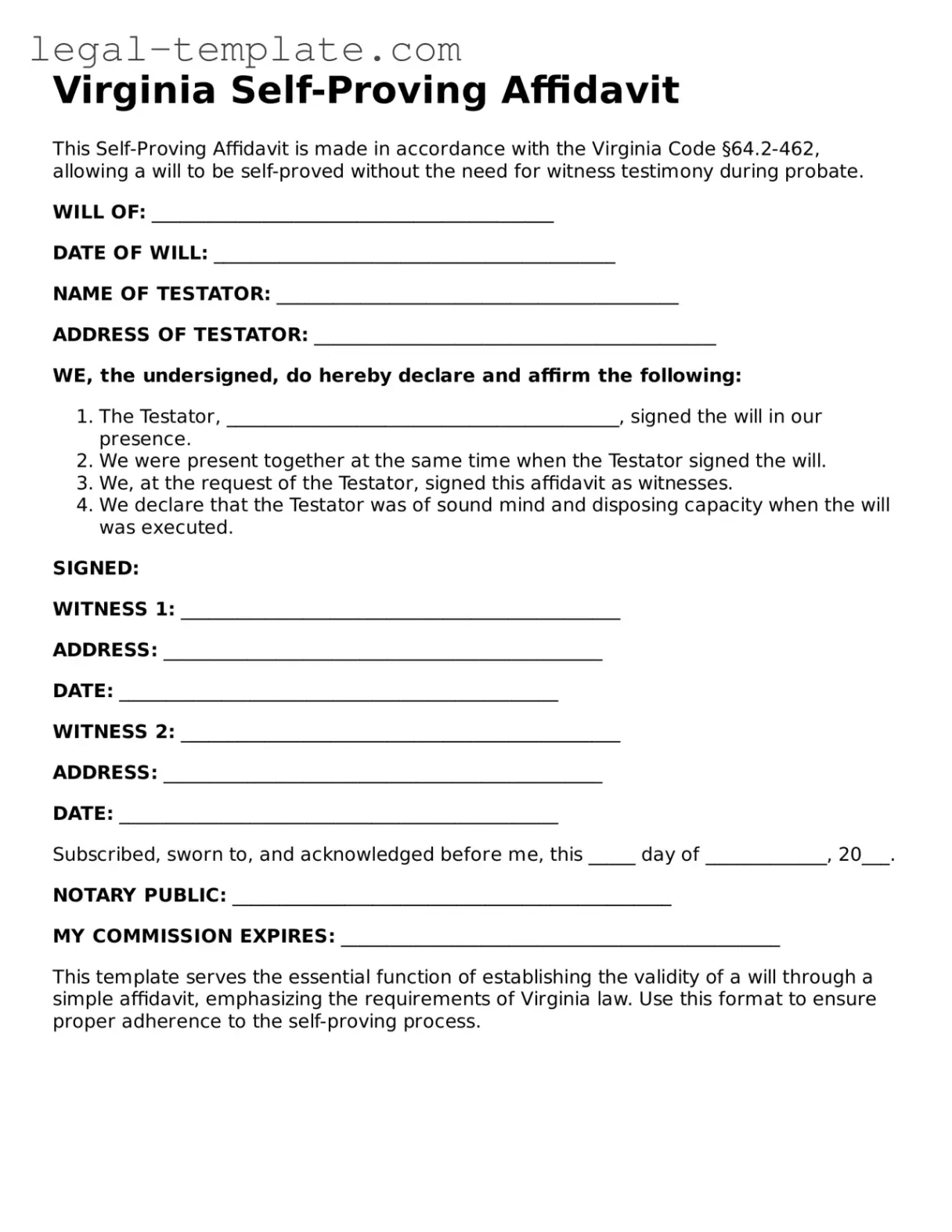
A sworn statement is a written statement that is made by swearing truth before a legally sanctioned officer, such as a notary public. It’s essentially your statement of record in written form. The person making the statement is called the individual declarant. The key thing that distinguishes an affidavit from a basic explanation is the act of legally vowing that the contents are honest and complete to the best of your knowledge and belief. This makes it a legally binding document, meaning that you could be prosecuted for providing false information.
Sworn statements are used in a wide variety of legal settings, from lawsuits and formal interviews to government reviews and property deals. They serve as supporting documentation, providing formal accounts that can be submitted before a court or relevant authority. Because they’re considered sworn statements, affidavits are generally accepted as evidence, unlike simple written statements that haven’t been notarized.
The standard layout of an affidavit typically includes a document title (that states the case name or jurisdiction), a statement of identity (your name, address, and other identifying information), a series of numbered paragraphs containing the facts you’re swearing to, a signature block, and a notarization statement (confirming that you took an oath before an official). The jurat is a key part, as it provides the authentication that makes the affidavit legally binding.
So, what makes an affidavit officially valid? There are several essential parts. First, it must clearly identify the affiant, including their full name, address, and contact information. Second, it needs to state that the affiant is legally affirming the facts. Third, the statement should be factual, accurate, and based on the affiant’s personal knowledge. Finally, the affidavit needs to be signed by the affiant in the presence of someone empowered to administer oaths, who will then notarize or commission the document, verifying the affiant’s identity and confirming that the oath was properly administered.
Okay, so you’ve found an affidavit template you feel confident with. Now what? The first step is to carefully read through the entire template to understand each section and what data it asks for. Be mindful of any notes or suggestions provided within the template. Don’t just browse quickly; actually take the time to understand it fully.
To begin with, analyze the form fully before you start filling it out. Pay close attention to the guidelines and any specific details noted within the form. This is your guide for completing it correctly. Make sure the template fits the regional law where the affidavit will be used, as jurisdictional rules can vary widely between regions. A generic affidavit template might not meet requirements if there are specific local rules to follow.
As you complete the form, be as specific and detailed as possible. Don’t rely on broad or imprecise claims; instead, use verifiable information and relevant details. Use straightforward and brief phrasing to avoid any confusion or misinterpretations. If you’re not sure what to write, consult with a legal professional or do some research online to find examples of similar affidavits.
When your affidavit is ready, it’s time to finalize it in front of a licensed notary. This person will verify your identity and administer an oath, ensuring you acknowledge the truth of what’s written. Don’t sign the affidavit beforehand; it must be witnessed live by the official.
Finally, and this is crucial, you must sign the affidavit in the presence of a notary public or other authorized official. This witness will verify your identity and conduct the formal acknowledgment. Be prepared to present valid identification, such as a driver’s license or passport. The notary will then stamp and sign the affidavit, making it a legal declaration. Be aware, without proper notarization, your affidavit may not be admissible in court or recognized by institutions. Using an affidavit template and following these steps will greatly assist you in crafting a credible and valid document.
This article aims to outline the purpose and proper usage of an affidavit template. It’s a valuable tool that can give you confidence in drafting affidavits. When all is said and done, being informed about the affidavit process can save you a lot of hassle and future problems down the road. Always focus on truth, readability, and getting it notarized to ensure your affidavit works in the appropriate setting.
